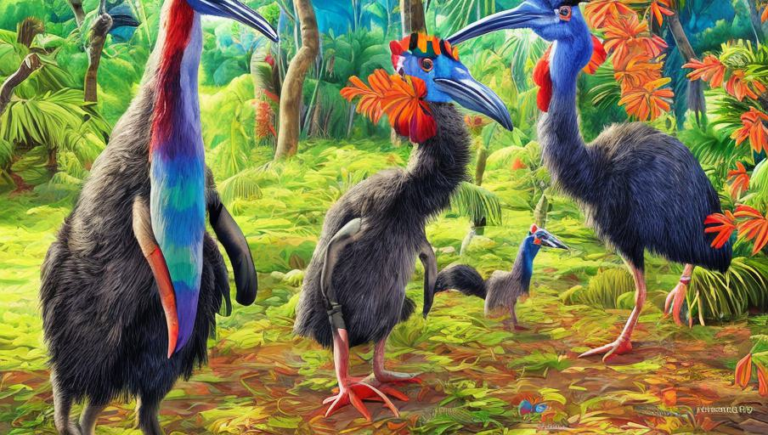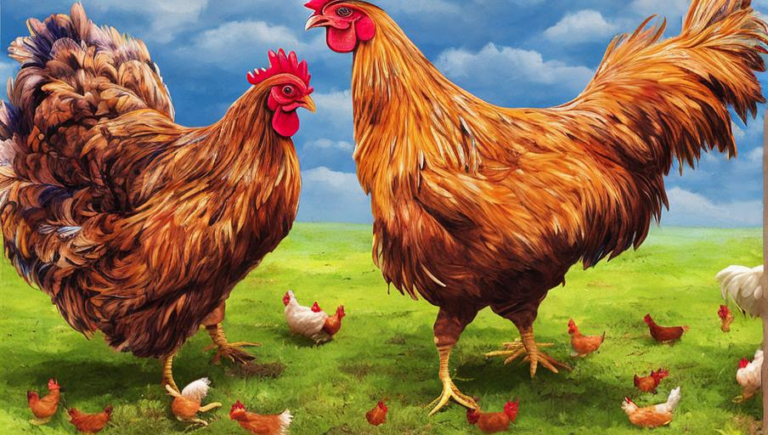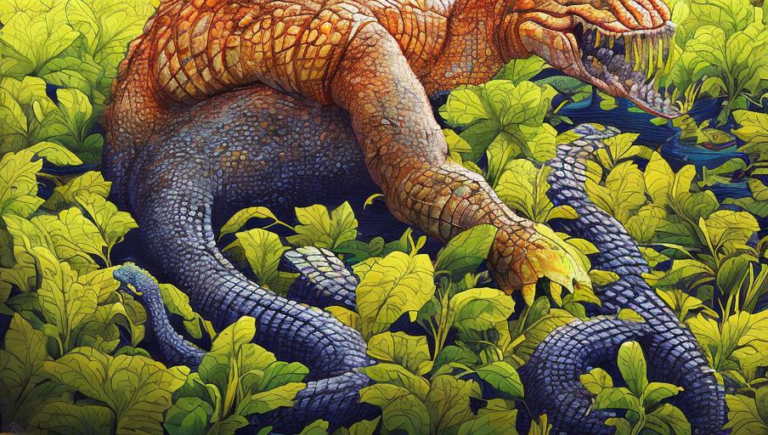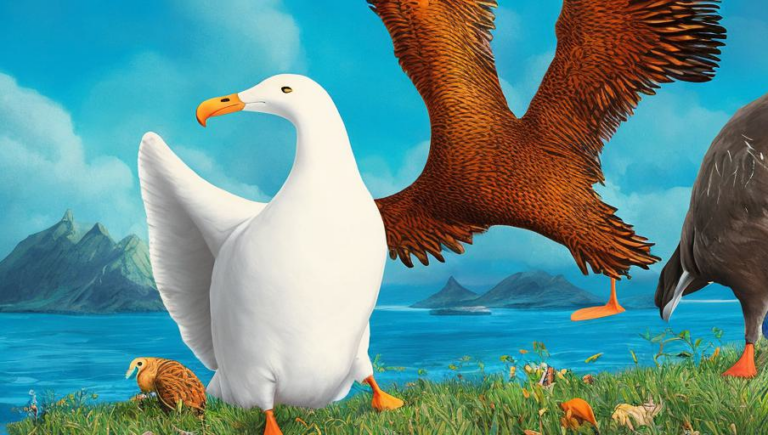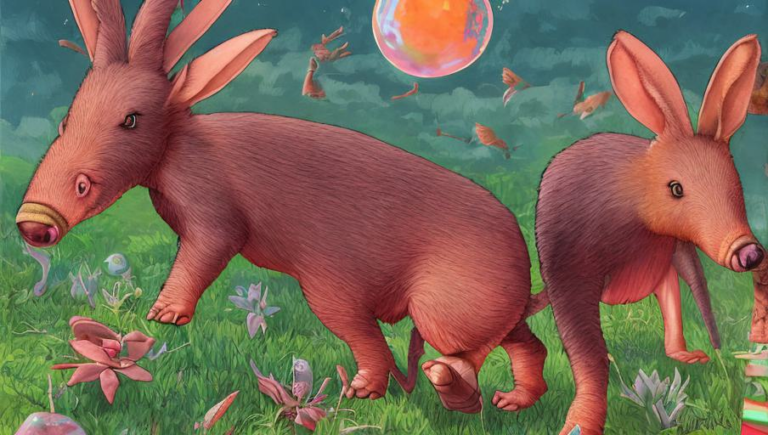Zigzagging Through the World of Cassowary Conservation
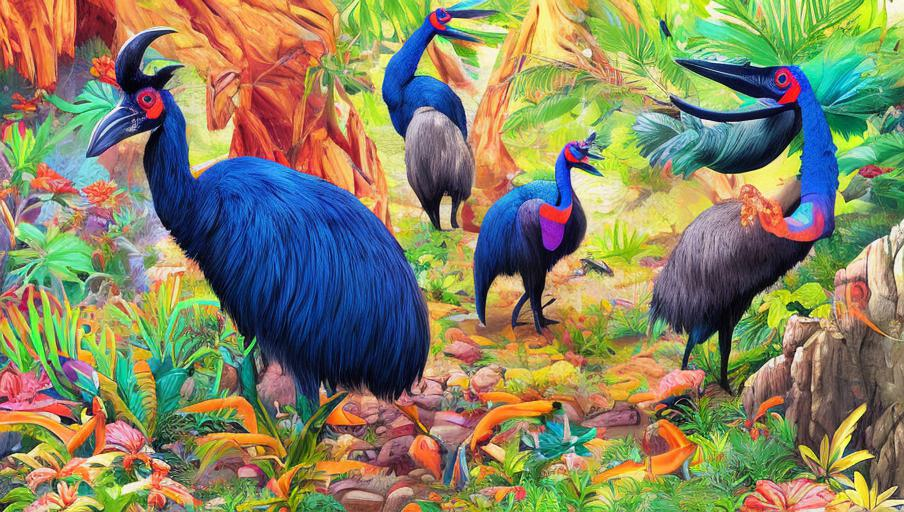
An Introduction to the Cassowary
The cassowary is an amazing bird species native to Australia and New Guinea. It is the second heaviest bird in the world, and it’s unique zigzag pattern makes it stand out from other birds. In addition to its remarkable appearance, the cassowary is also a keystone species in its environment, helping to disperse seeds and keep its habitat healthy. Unfortunately, the cassowary is currently listed as vulnerable due to habitat loss, human conflict, and disease.
The Need for Protection and Conservation
With the population of cassowary diminishing, it is more important than ever to protect and conserve the species. This means that conservation efforts need to be taken to ensure the future of the species. This can be done through habitat protection, the introduction of new conservation programs, and the monitoring of population numbers. Additionally, research and education are important components of any conservation effort.
Habitat Protection
The primary way to protect the cassowary is to protect its habitat. This can be done through the establishment of protected areas and the establishment of buffer zones. Additionally, the deforestation of cassowary habitat needs to be halted and reforestation efforts should be encouraged. This will help to ensure the survival of the species and its habitat.
New Conservation Programs
In addition to habitat protection, new conservation programs should be introduced to help protect the cassowary. This can include the development of captive breeding programs, the creation of new sanctuaries, and the development of new public education and awareness campaigns. These efforts will help to ensure the long-term survival of the species.
Monitoring Population Numbers
Once the habitat is protected and new conservation programs have been put in place, it is important to monitor the population numbers of the cassowary. This can be done through the use of tracking systems, surveys, and other monitoring techniques. This will help to ensure that the population is healthy and that the cassowary is not in danger of extinction.
Research and Education
Finally, research and education are essential components of any conservation effort. Research can help to better understand the biology and ecology of the cassowary, which can then be used to better inform conservation efforts. Additionally, education is important in order to raise awareness of the importance of protecting the species. This can be done through the use of books, websites, videos, and other materials. Additionally, education can also be used to encourage people to make changes to their lifestyles in order to help protect the cassowary.
Conclusion
The cassowary is an amazing species that is in dire need of protection and conservation. By protecting its habitat, introducing new conservation programs, monitoring population numbers, and conducting research and education, we can help ensure the long-term survival of the species. Each of us has the power to make a difference and help to protect the cassowary.
